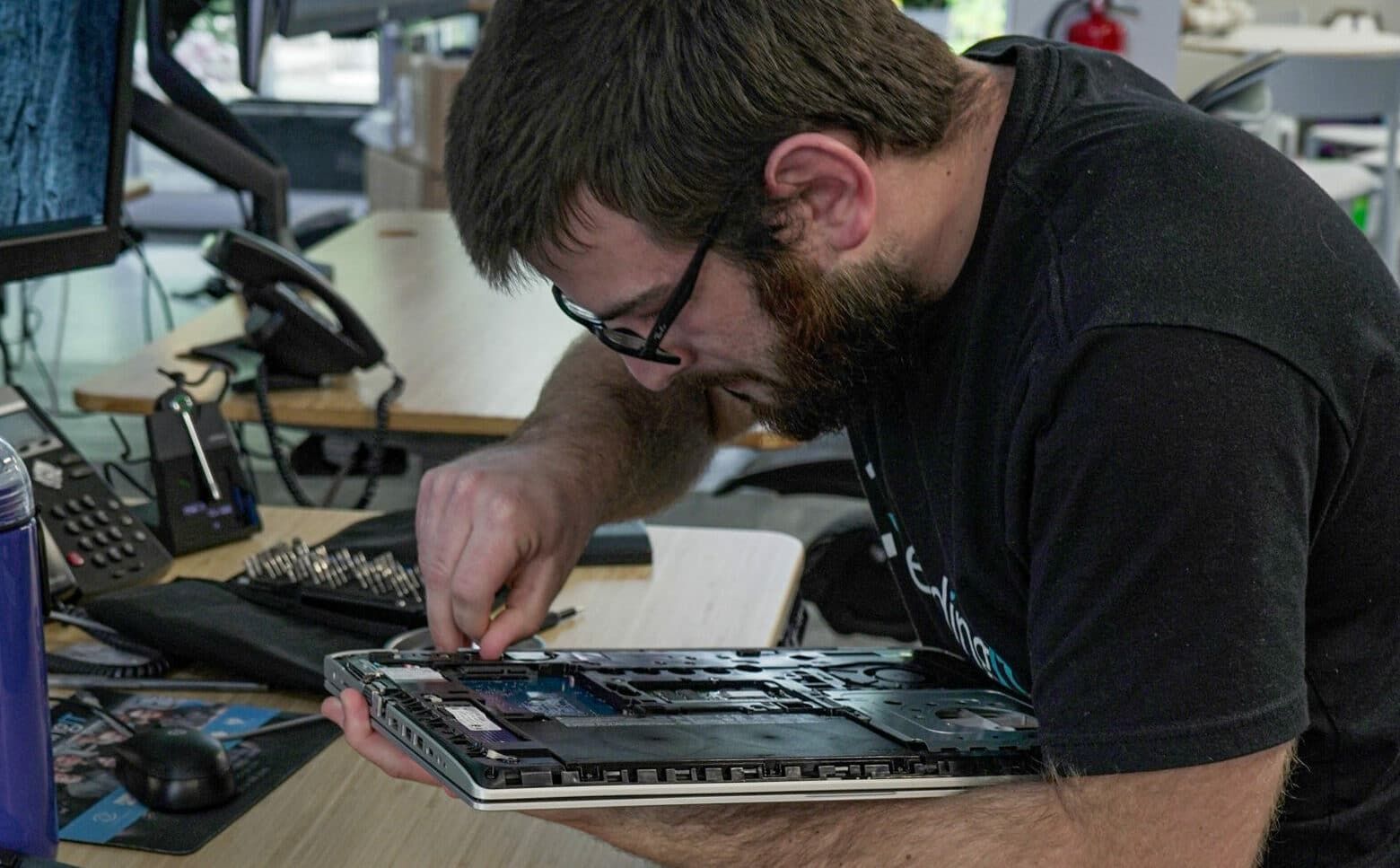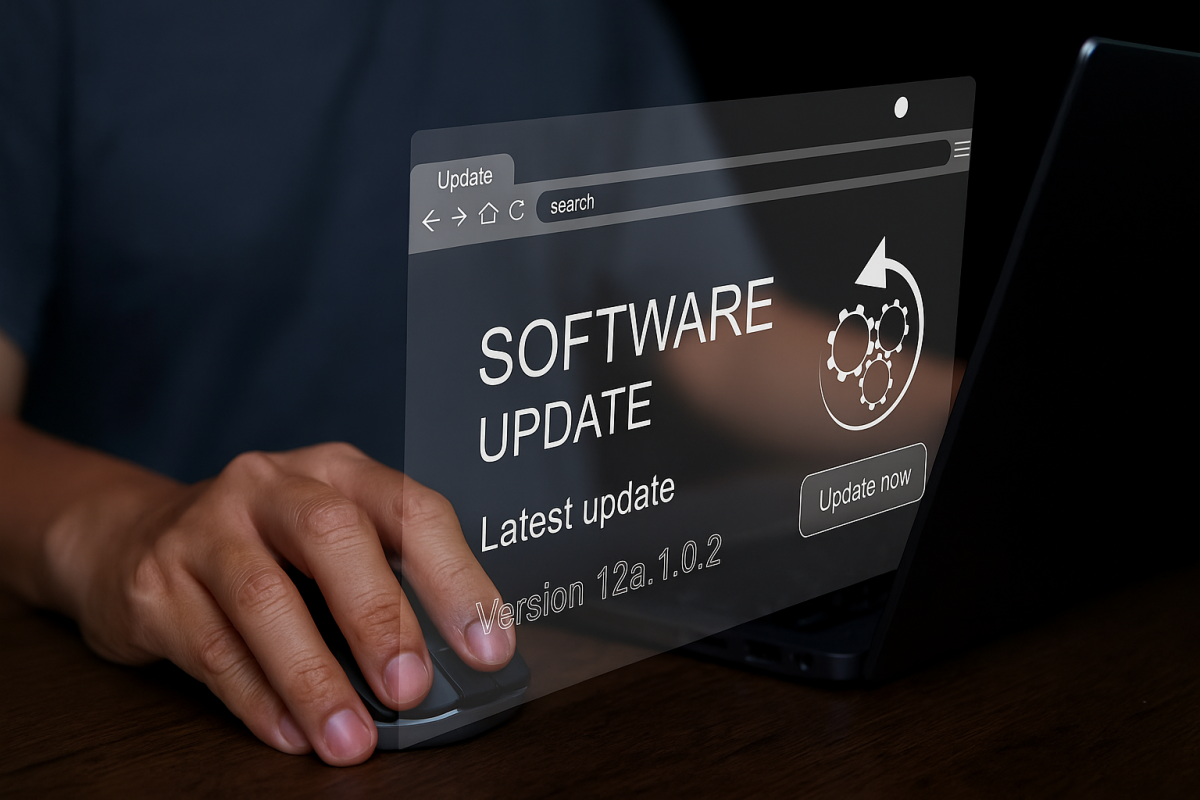

How Often Should Your Company Upgrade IT Equipment?
With the increased adoption of the internet and the continual integration of technology into business processes, Information Technology is no longer a luxury. From product designing to manufacturing, market research, advertising, collecting consumer feedback, sales, name it; almost every modern-day business operation depends on IT. Therefore, it’s crucial to ensure that you have the best IT infrastructure running as efficiently as possible. But how can your IT infrastructure run efficiently on faulty or outdated equipment?
This article explains why you should occasionally update your hardware, how often, and whether replacing is better than repairing. It also highlights how changing our clients’ hardware every three years helps prevent slow tech.
Why Should You Replace Your Companies’ Computers?
Regardless of how well you maintain your IT infrastructure, it’s inevitable that the hardware will require replacement at one point. And when that time comes, you’ll experience frequent breakdowns and unexplained downtimes that may lower your productivity.
If you don’t replace the hardware soon enough, you may waste a lot of time in repairs and lose several productive hours due to slow tech. Also, you risk having dejected employees because of slow printers, webpages that take centuries to load, and all sorts of downtime. Until you consider their large-scale impacts, most of these effects may superficially look like minor inconveniences. For example, Statista estimates that an hour’s downtime may cost your business up to $400,000 in lost revenue. The big question is—how much more would you save by replacing the obsolete hardware and averting server interruptions?
3 Signs That It’s Time to Replace IT Hardware
Most hardware has a 5-10 years working life, but they may need replacement before completing the entire lifespan. The exact time depends on your business’ tolerance for older tech and how well you maintain the equipment. That said, here are three signs that could mean your hardware has outlived its time:
- Your staff can experience frustration due to slow tech: Nobody enjoys twiddling their thumbs as they wait for slow-loading webpages. If your employees have to close four apps to open one document, your hardware is running slow, probably because it’s obsolete. This may demotivate the staff throughout the day, leading to poor productivity. The solution is replacing outdated hardware and software.
- Your machines can’t install the latest software updates: Updates always come with better functionalities, more features, and enhanced security protocols. So, if you can’t enjoy these benefits because of an old machine, perhaps it’s time to replace the hardware. Insisting on using outdated equipment limits your productivity and exposes your organization to several cybersecurity threats.
- You experience frequent breakdowns: Routine checkups and maintenance can extend your hardware’s lifespan. However, if the repairs become too frequent, you can consider buying new equipment. That’s because, besides the losses from business interruption, you may also spend more on maintenance than it would cost to purchase new equipment.
We Replace Our Clients’ Equipment Every Three Years
While most hardware can function for five to ten years, LeadingIT insists on replacing equipment for all our customers every three years. While this policy may seem to be utterly ambitious, the truth can be that it isn’t.
After the third year, most IT equipment may experience increased breakdowns. For example, according to HP, one of the world’s leading computer hardware and software manufacturers, typical mid-range laptops can maintain optimum functionality for up to three years on average. A similar study by Business News Daily shows that almost all computers and laptops have a general lifespan of three to five years. After the third year, the chances are that your PC won’t have the processing power for running essential software that your business needs to automate everyday tasks.
Why we are so keen on replacing clients’ hardware every three years
Reasons we’re keen to update our client’s IT equipment include:
- We want to ensure you have the latest cybersecurity features: As we said, software updates often come with enhanced data security features. Some of these updates may not be compatible with old equipment. For example, you can’t install the latest MS 365 release on PCs that only support Windows 7 or below.
- We want to keep your staff morale at optimum: Research shows that employees spend almost 167 hours annually (almost 21 days) in total waiting for slow tech to load. That’s more than enough time for even the most enthusiastic staff to grow disconnected and lose morale. Low morale means low productivity. Replacing your equipment every three years reduces unnecessary downtimes, improves staff morale, and increases productivity.
As we said, replacing hardware every three years may seem too expensive and overambitious. But when you consider what you’ll be saving by averting downtime, preventing frequent repairs, and keeping your staff motivated, you’ll realize that it’s way cheaper.
LeadingIT offers 24/7, all-inclusive, fast, and friendly technology and cybersecurity support for nonprofits, manufacturers, schools, accounting firms, religious organizations, government, and law offices with 10-200 employees across the Chicagoland area.


